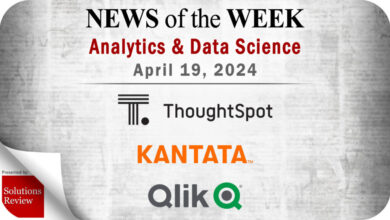It’s time to bridge the gap in women’s sport data | Comment


The world of sports is not just a field of play but a vast expanse of data, analytics, and insights that fuel not only the development of athletes but also the commercial success and fan engagement of sports leagues worldwide. Yet, beneath the surface of these advancements lies a stark disparity – a significant data gap that notably disadvantages women’s sports.
Understanding the Data Gap
Recent studies and analyses have shown that women’s sports receive a fraction of the media coverage and investment compared to men’s sports. This disparity extends into the realm of data analytics, where women’s sports events and athletes are less frequently the subject of detailed statistical analysis and data-driven insights. Such a gap undermines the development of athletes, limits engagement opportunities, and narrows the commercial viability of women’s sports leagues.
For instance, a report by the Women’s Sports Foundation highlights a concerning trend: by the age of 14, girls drop out of sports at two times the rate of boys, a decision influenced by a lack of access, opportunity, and visibility. This attrition rate points to a broader issue of representation and investment at grassroots levels, which is further compounded by the lack of comprehensive data analytics in women’s sports.
Bridging the Gap: The Role of Brands and Technology
Addressing this data gap presents a unique opportunity for leading sports brands and technology firms. Companies like Pixellot are pioneering the use of AI and automated video analytics to process and analyze women’s sports events, offering a glimmer of hope for narrowing the data disparity. However, the widespread adoption of such technologies remains limited.
This is where sports brands have a critical role to play. By investing in and partnering with technology providers, brands can democratize access to advanced analytics in women’s sports, fostering an environment of inclusivity and fairness. Such efforts would not only enhance the development of female athletes but also expand the marketability and fan base of women’s sports leagues.
Impact and Legacy: Beyond Branding
For brands, engaging in the mission to bridge the data gap in women’s sports transcends traditional marketing objectives. It’s about leaving a lasting impact on the sports community by empowering female athletes with the tools and resources necessary for their development. Such a commitment would contribute significantly to achieving gender equality in sports, changing narratives, and inspiring future generations of athletes.
In conclusion, the journey toward bridging the data gap in women’s sports is fraught with challenges but filled with opportunities. By leveraging technology and fostering strategic partnerships, the sports industry can take significant strides towards inclusivity and equality. For brands, the time to act is now – to play a pivotal role in shaping the future of women’s sports.”

Kristen “Kiki” Enderle is VP of sales, coaching and analytics division, at Pixellot


